Charles Zana creates unexpected dialogues with 17 paired works in Paris
In exhibition Utopia, Charles Zana turns Tornabuoni Art in Paris into a salon of intimate conversations between Italy’s greatest post-war artists and architects
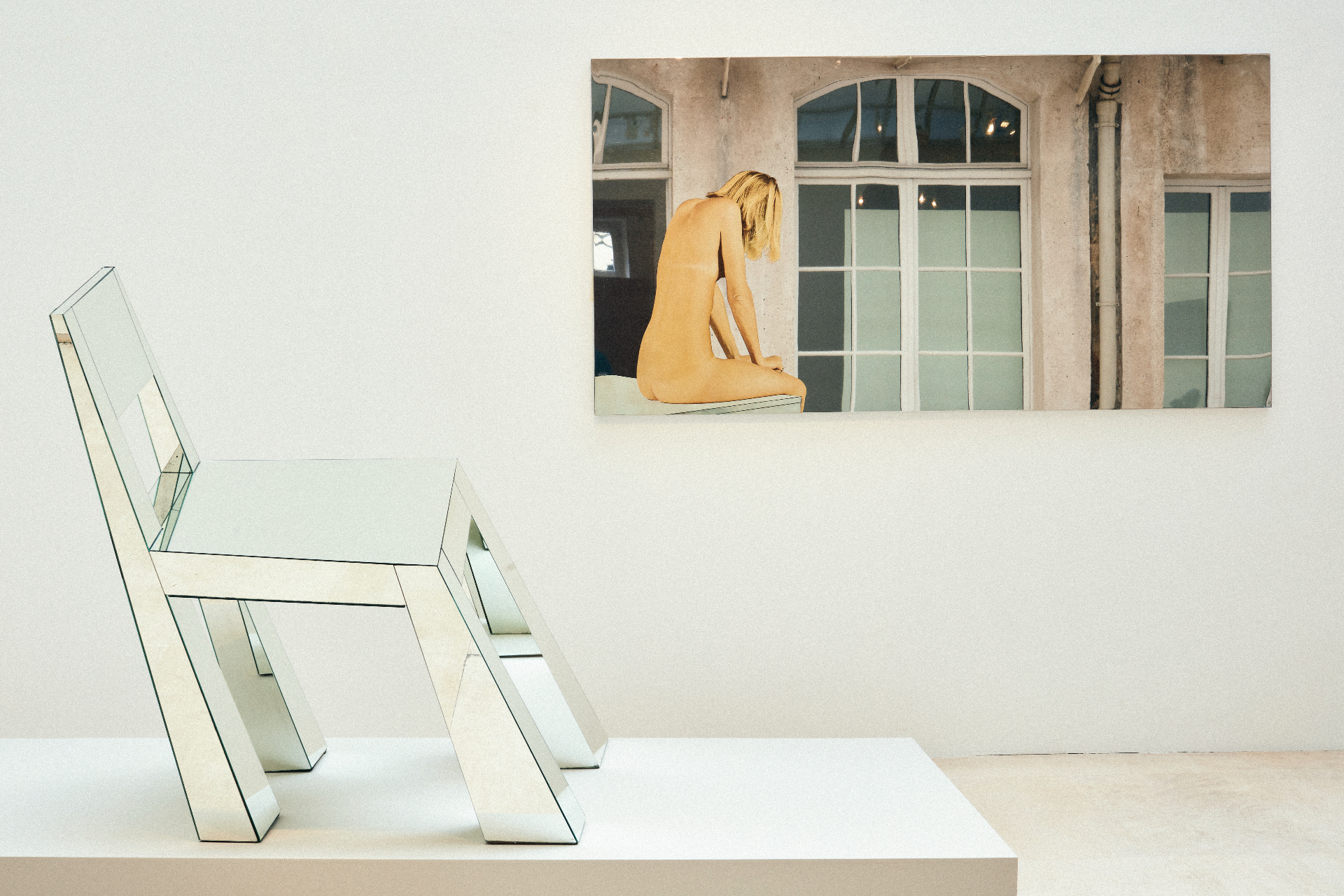
In the decades that followed World War II, post-fascist Italy experienced a cultural revolution. The political awakening the resulted from years of dictatorship led to a creative renaissance, shifting the country’s cultural landscape forever. While arte povera artists, from the late 1960s onwards, celebrated a return to simple and unconventional materials, coincidentally, the radical design movement proposed new ways of living, empowering a generation of architects who were critical of traditional planning methods.
Paying homage to the radical legacy of the period spanning from the mid-1940s to the 1970s, the exhibition Utopia has turned Tornabuoni Art in Paris into a salon of intimate conversations between Italy’s greatest post-war artists and architects. ‘The exhibition is not about creating historical links between them,’ explains French architect Charles Zana, who curated and conceived the group show in collaboration with the Florence-born gallery. ‘It is about their common ways of understanding their time.’
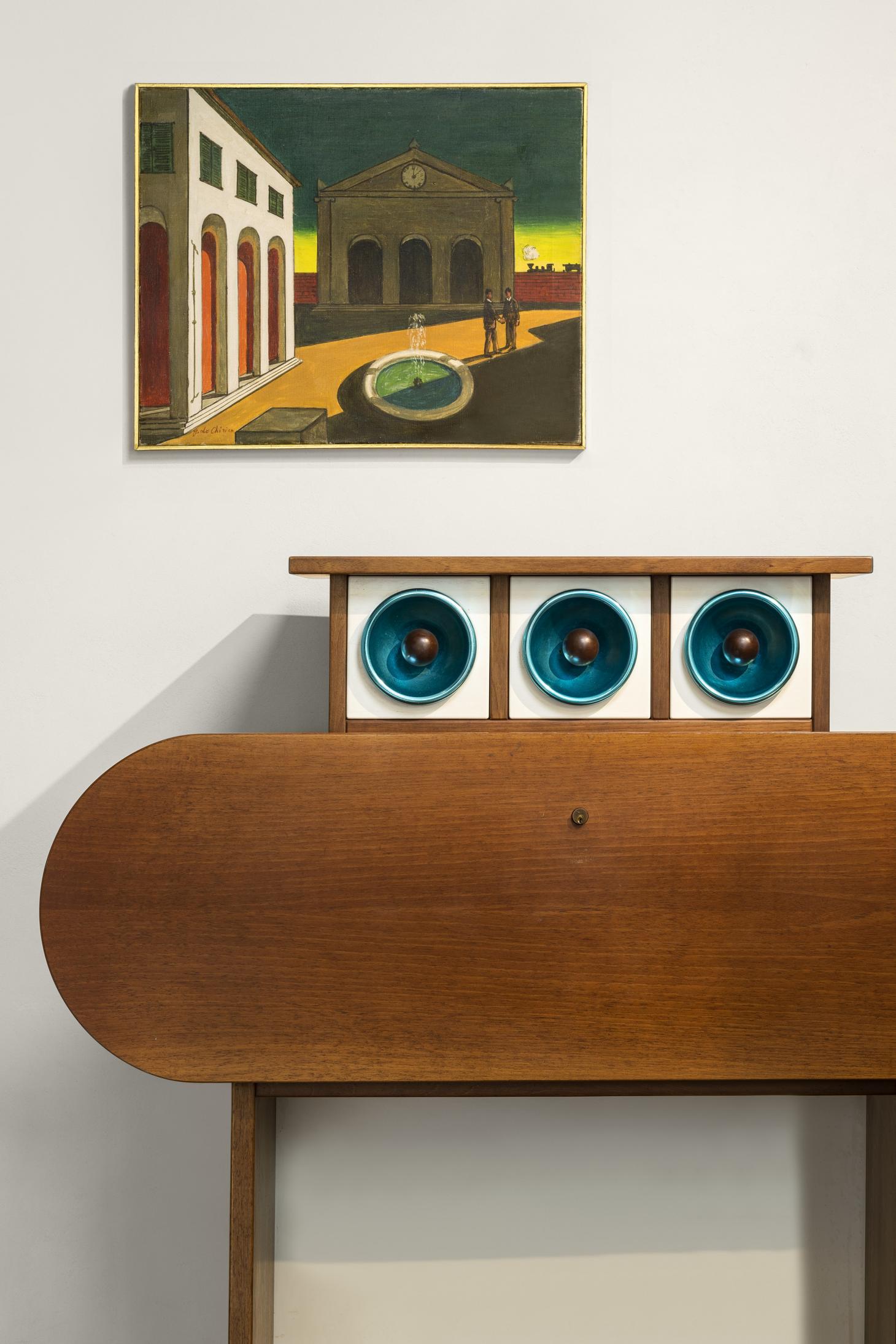
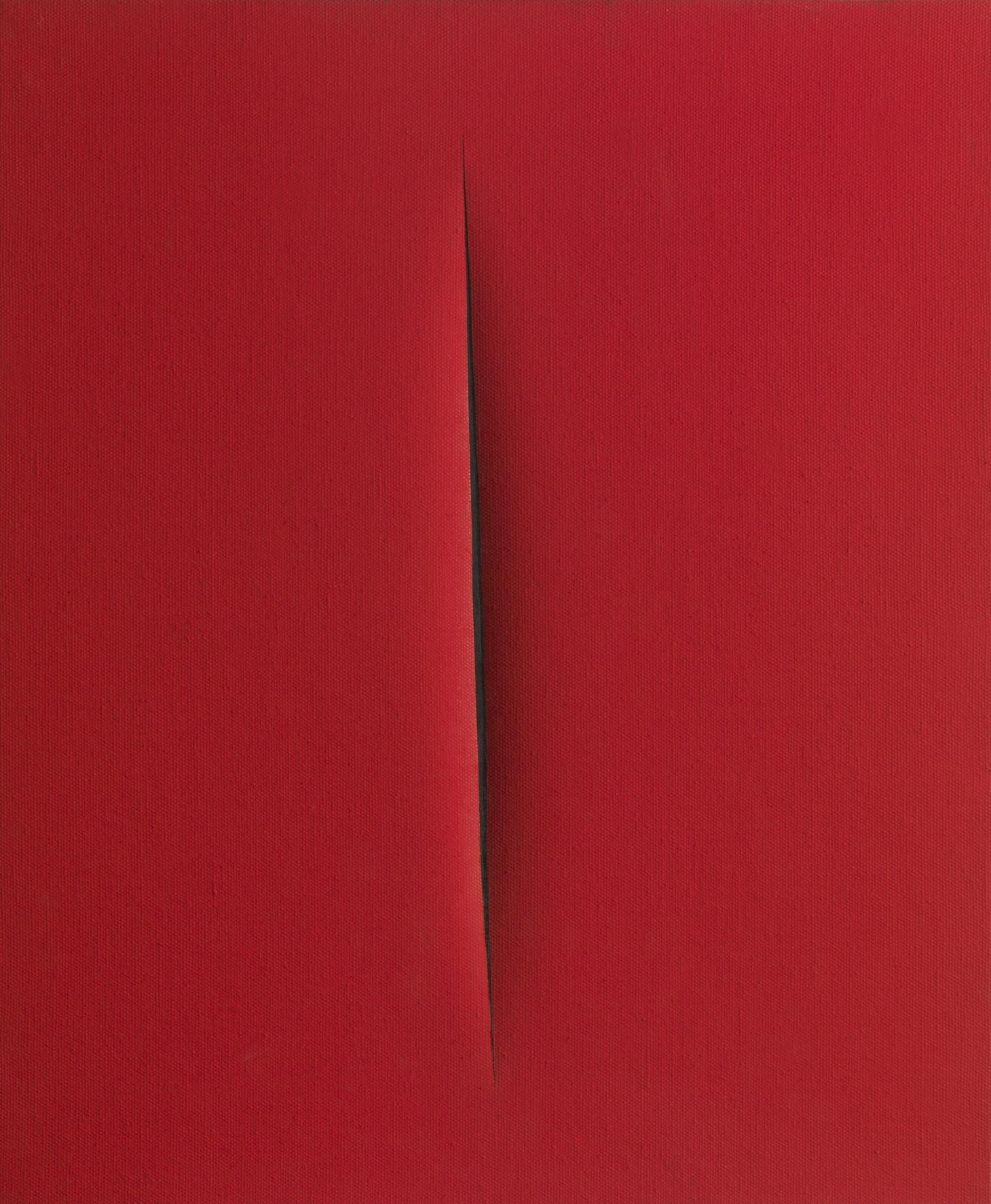
Rare cabinet Barbarella by Ettore Sottsass,1966 with L’addio dell’amico che parte all’amico che rimane, by Giorgio de Chirico, 1950. Below, Concetto spaziale, Attesa, by Lucio Fontana, 1965. © Tornabuoni Art
For Utopia, Zana has paired 17 artists with 17 designers and architects, creating a mise-en-scène of imaginary scenarios in which Giorgio De Chirico befriends Ettore Sottsass and Lucio Fontana meditates with Carlo Mollino. Whether linked by a similar aesthetic sensitivity, philosophical concerns or shared vocabulary, the Italian duos dismantle the boundaries between art and design to reveal the common approaches that came to define this hopeful epoch. If architect Andrea Branzi and artist Piero Paolo Calzolari never had a chance to meet in real life, Zana claims they now have: ‘I created a meeting between them, a sharing of values.'
Other significant works include a cast resin dining table by Gaetano Pesce from 1980, a wooden chair by Carlo Mollino from 1959 and a camouflage fabric on frame by Alighiero Boetti from 1967. ‘It was very emotional when we opened the boxes,’ recounts Zana, who sourced the historical pieces from a number of collections and foundations across Europe. ‘I was very touched to discover the works, some of which I had only seen in pictures.’ The exhibition will be on show until 21 December at the gallery’s Paris outpost, and is part of a programme of exhibitions devoted to the Italian cultural landscape from the 1950s to the 1980s.

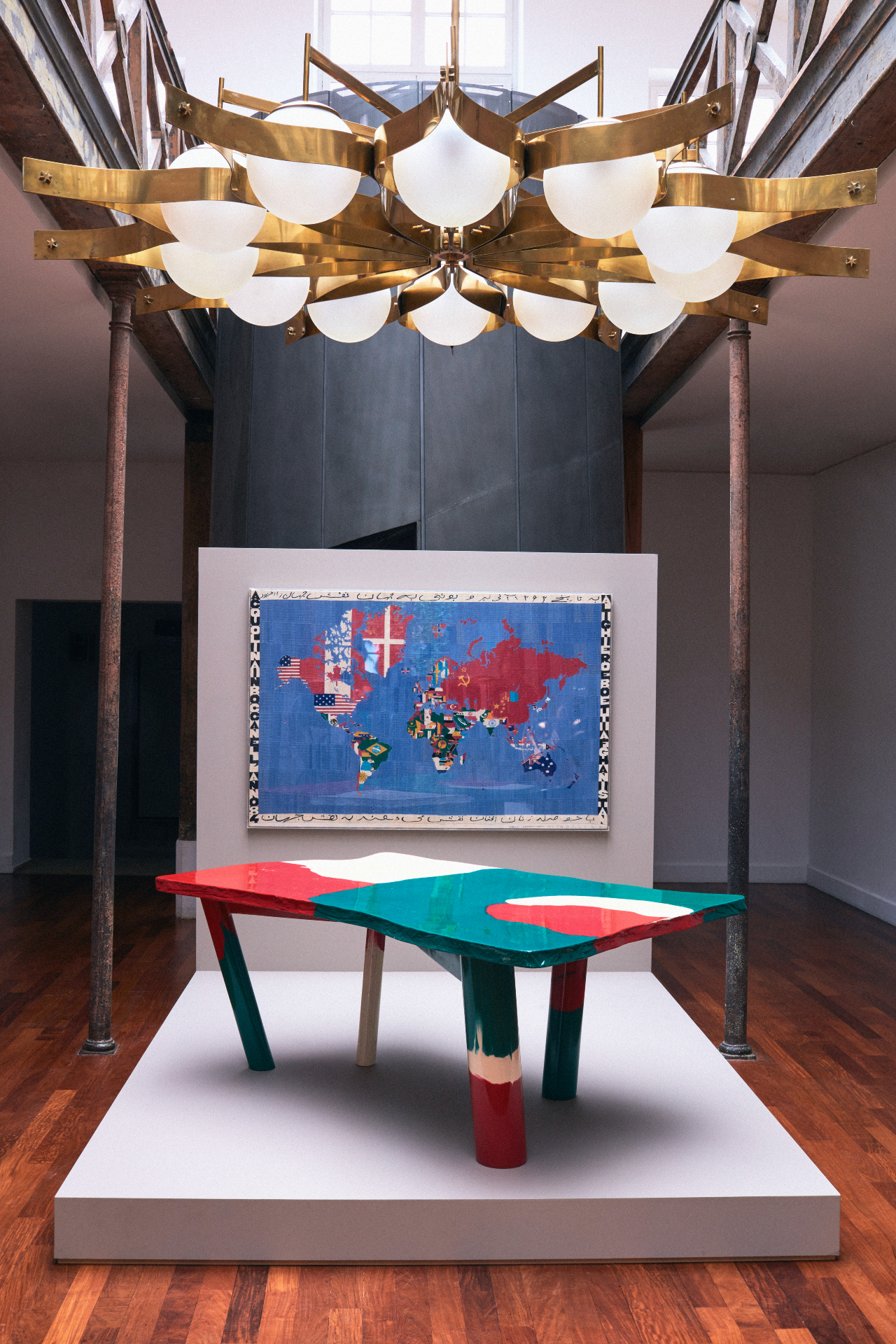
INFORMATION
Utopia is on view until 21 December. tornabuoniart.fr
ADDRESS
9 Rue Charlot,
75003 Paris
Receive our daily digest of inspiration, escapism and design stories from around the world direct to your inbox.
-
 Step inside this perfectly pitched stone cottage in the Scottish Highlands
Step inside this perfectly pitched stone cottage in the Scottish HighlandsA stone cottage transformed by award-winning Glasgow-based practice Loader Monteith reimagines an old dwelling near Inverness into a cosy contemporary home
-
 Year in Review: we’re always after innovations that interest us – here are ten of 2025’s best
Year in Review: we’re always after innovations that interest us – here are ten of 2025’s bestWe present ten pieces of tech that broke the mould in some way, from fresh takes on guitar design, new uses for old equipment and the world’s most retro smartwatch
-
 Art and culture editor Hannah Silver's top ten interviews of 2025
Art and culture editor Hannah Silver's top ten interviews of 2025Glitching, coding and painting: 2025 has been a bumper year for art and culture. Here, Art and culture editor Hannah Silver selects her favourite moments
-
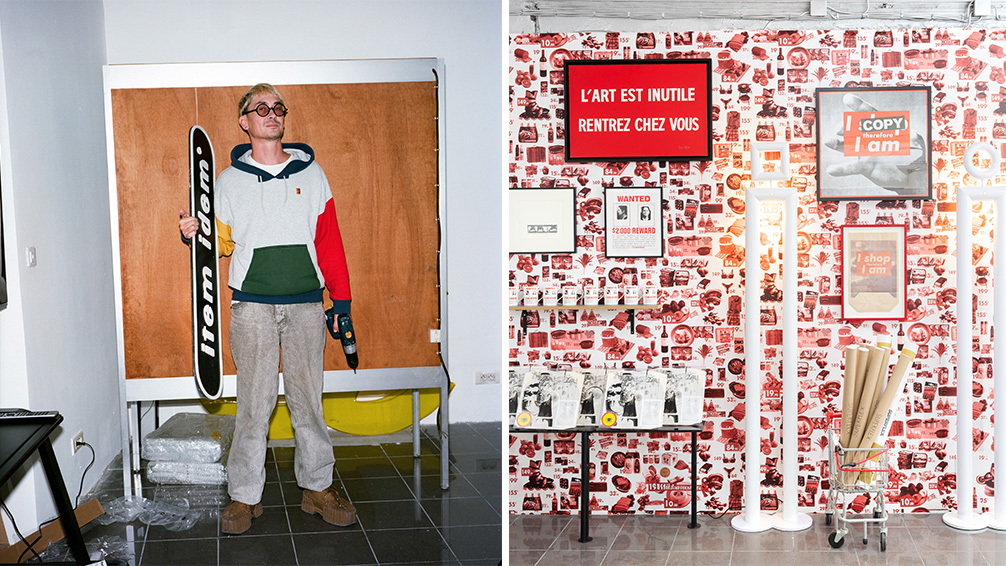 Is this Paris' most design-focused holiday shop?
Is this Paris' most design-focused holiday shop?Shop weird and wonderful design and fashion at this playful, postmodern exhibition from Item Idem, where commerce, culture and humour intersect
-
 Art Deco's centenary is honoured with a grand exhibition in Paris
Art Deco's centenary is honoured with a grand exhibition in ParisTo mark 100 years of Art Deco, the Musée des Arts Décoratifs in Paris is holding a retrospective that includes furniture, tableware, clothing, jewellery and objets d’art (on view until 26 April 2026)
-
 Best of Design Miami Paris 2025: animal sculptures and musical ping-pong tables
Best of Design Miami Paris 2025: animal sculptures and musical ping-pong tablesDesign Miami Paris returns to the Hôtel de Maisons (until 26 October 2025): here are the Wallpaper* highlights
-
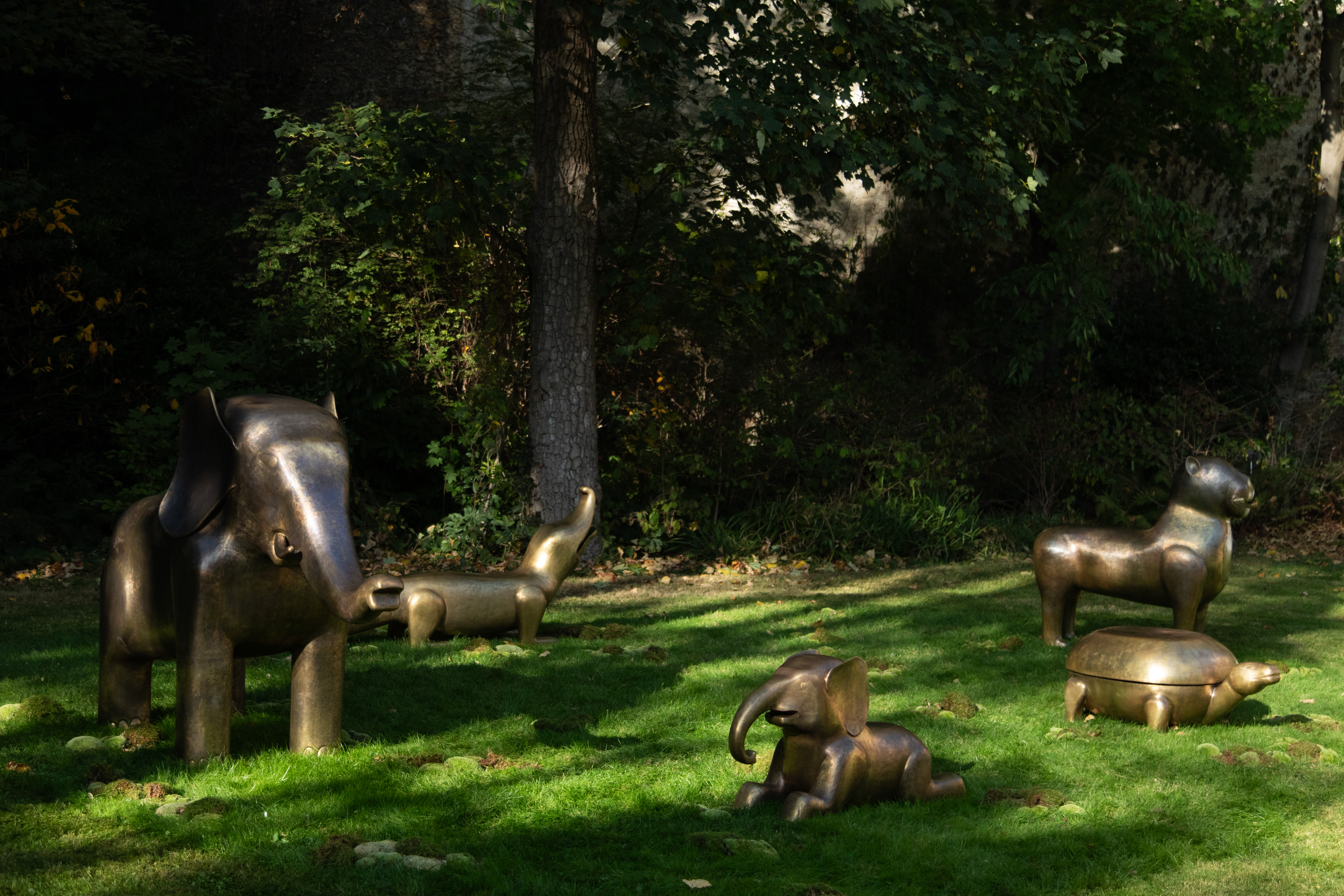 At Design Miami Paris, an artful menagerie tells a story of scent and nature
At Design Miami Paris, an artful menagerie tells a story of scent and natureVikram Goyal and Sissel Tolaas present ‘The Soul Garden’ at Design Miami Paris (until 26 October 2025), ‘a contemporary fable where the animals take new forms, reimagined for the world we live in today’
-
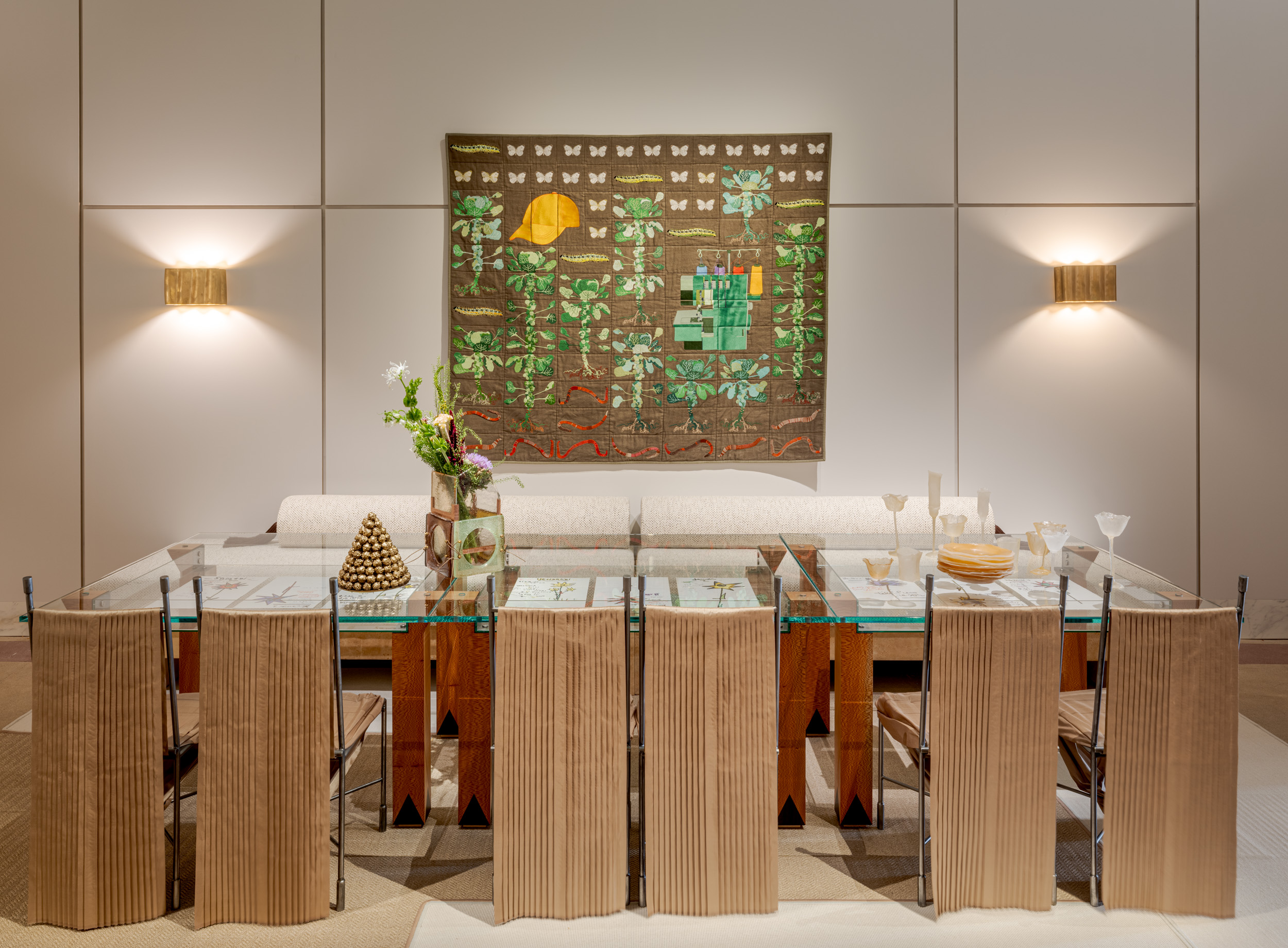 These are the best design exhibitions to see in Paris this week
These are the best design exhibitions to see in Paris this weekAs Design Miami Paris and Art Basel Paris make their return, we round up the best design exhibitions to discover in the city
-
 A monumental exhibition of French design revives the spirit of art deco for contemporary times
A monumental exhibition of French design revives the spirit of art deco for contemporary timesThe Galerie des Gobelins hosts the inaugural Salon des Nouveaux Ensembliers, a contemporary movement inspired by art deco’s grand traditions
-
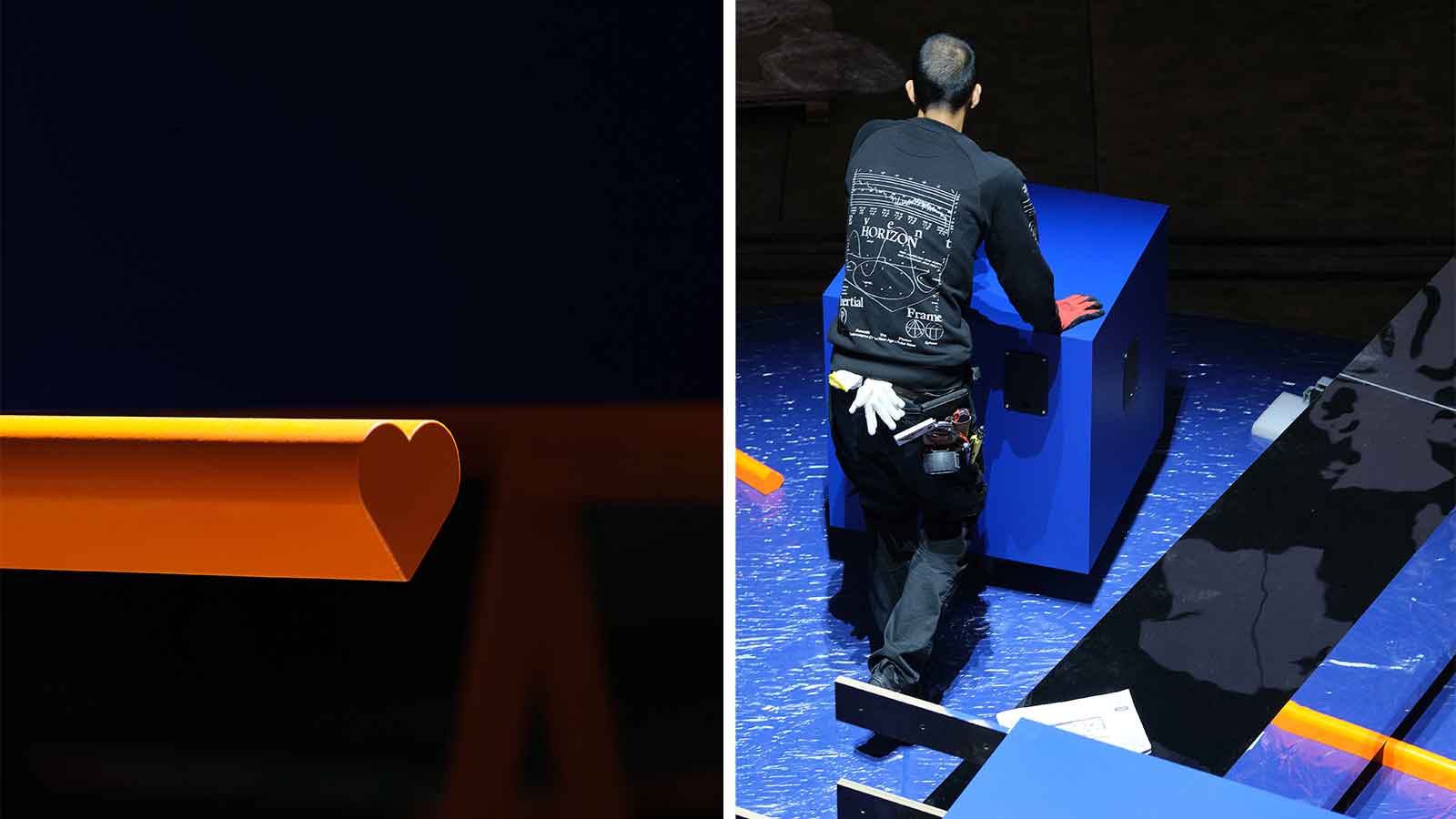 ‘The club is the place where everything is possible’: this Paris Design Week exhibition is conceived as a disco
‘The club is the place where everything is possible’: this Paris Design Week exhibition is conceived as a disco‘Design Disco Club’, curated by Christopher Dessus during Paris Design Week 2025, presents 30 emerging designers in a dark, disco-like environment
-
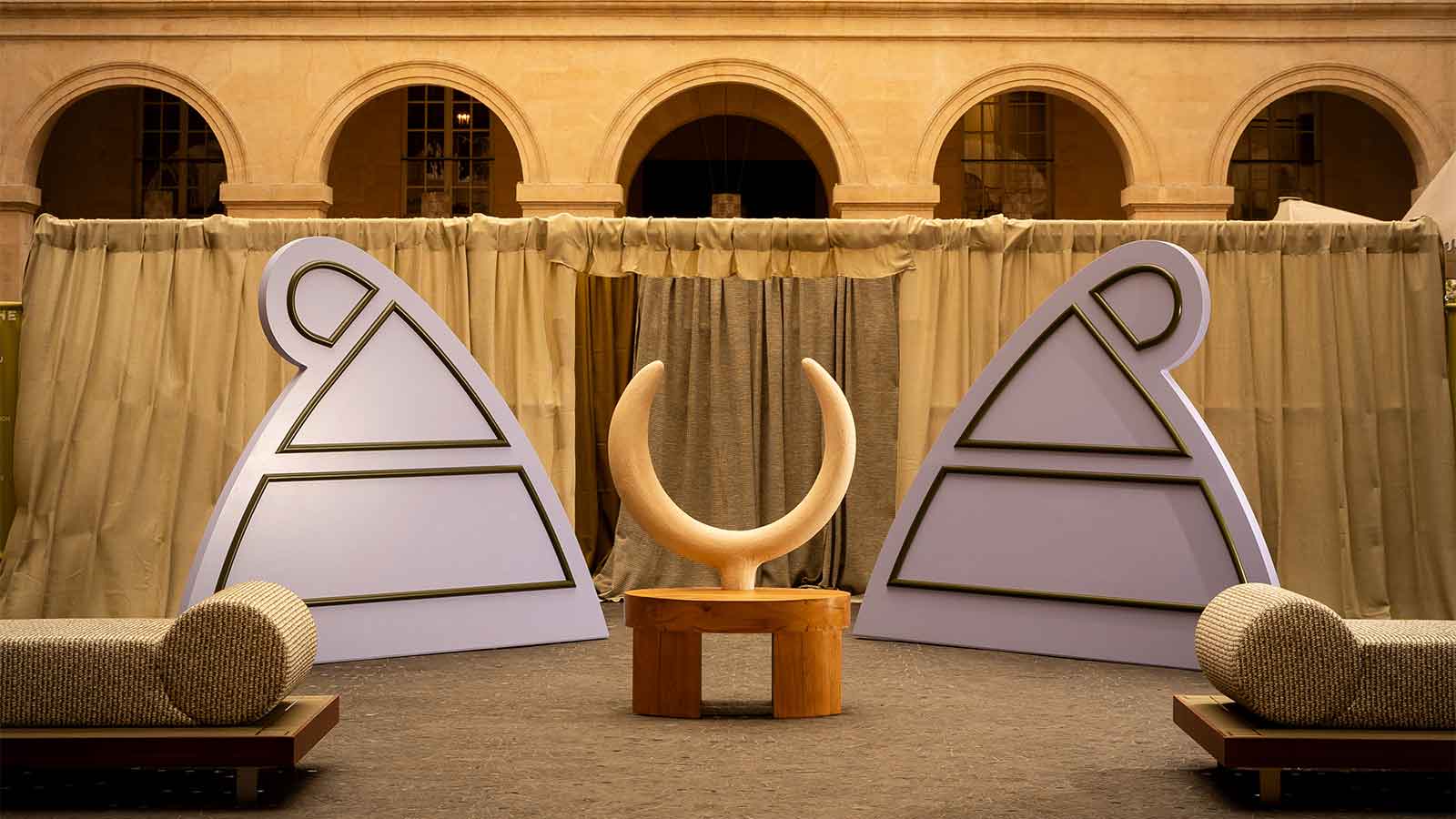 Postcard from Paris Design Week 2025
Postcard from Paris Design Week 2025As the French capital inaugurates the autumn design calendar, we look at the highlights from Paris Design Week 2025 (4-13 September)